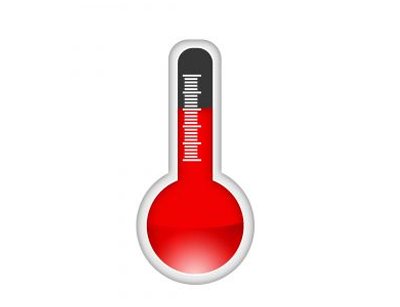Intel is teaming up with Korean telecommunications company KT to operate a new test center, designed to save air conditioning costs and increase density within the data center by allowing the equipment within to function in temperatures above 30 degrees Celsius.
The news, reported this week in the Korea Times, follows trials carried out last year into how data centers can operate in higher temperatures.
Back then, in a whitepaper documenting a three-month proof-of-concept with KT at its Mokdong Data Center in Seoul, Intel said it increased the amount of servers compute nodes within the space, power and cooling constraints of the data center.
The proof-of-concept proved that a Power Usage Effectiveness of 1.39 could be achieved with an energy saving of 27% at the data center by using a 22 degree Celsius chilled water loop.
Intel also used its Node Manager technology and Data Center Manager as well as simulation to save an additional 15% in power through control policies, and extend its UPS uptime by 15%.
The project was a mix of Intel semiconductor technology and monitoring capabilities for thermal and power which allowed KT to increase the density of its cloud computing environment.
“When implemented in future data centers, most notably when constructing the future outside of Seoul Data Center, the data suggests the climate in Korea is highly conducive to optimized wet side and air side economizer designs. These designs would be the cornerstone of the high ambient temperature setting and have been extensively explored in the modelling. The expectation is of PUE in the 1.05 to 1.1 range is achievable,” Intel said in its whitepaper, which you can view in full here.
According to the Korea Times, the new jointly built high temperature ambience (HTA) test center will aim to prove that data centers can run at temperatures above 30 degrees Celsius, as opposed to the optimal temperature of 20 degrees Celsius.
KT will then look to implement the technologies they have devised to improve the density of its environments and reduce cooling costs at all ten of its data centers in Korea.
“If the HTA system operates as planned, maintenance crew can set internal temperatures higher than 22 degrees without worrying about malfunctions. According to KT and Intel, for every degree that they can raise the temperature, about 7% of air conditioning costs are saved,” The Korea Times report said.
KT said if it goes ahead, it expects to see savings around 8.6bn won a year in its Korea operations alone.

